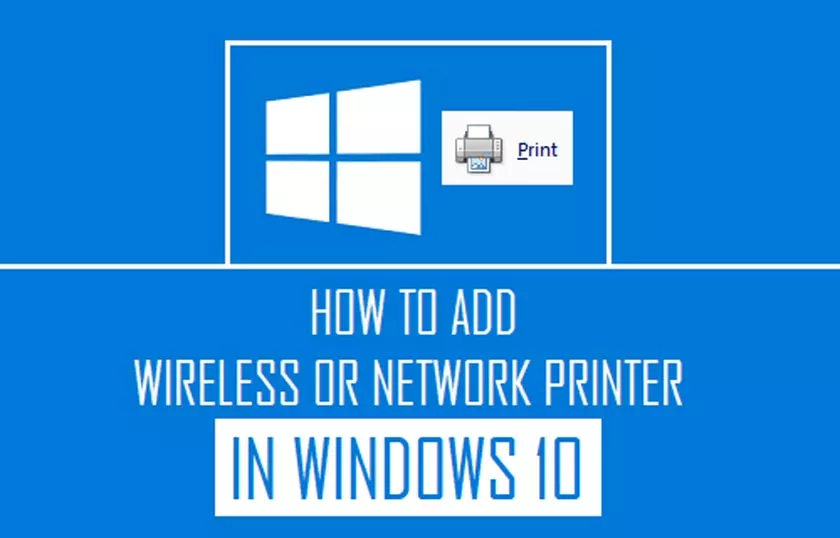Just have a new wireless or network printer for your home or office and need to install it on Windows 10? Compared to the old days, adding printers to Windows today is usually a fairly straightforward process, as long as the printer is not ancient.

I actually talked about installing printers already, but my previous article focused on manually adding a network printer using the IP address. This is actually a last resort if you can’t get the printer automatically installed from Windows 10.
How to Add a Wireless or Network Printer in Windows 10
Before we get started, let’s talk about how to manage printers in Windows 10, because it got a little confusing. In Windows 10, you can add / remove / manage printers from the control panel or the Settings app.
Manage printers in Windows 10
To get to the printer manager on the control panel, clickDevices and Printers, I still find this interface more familiar as it has been around since Windows XP.
You will see a list of all your printers and other devices that may be on the network. The other way is to click on Home , then Settings and then click on devices.
There really is no reason to have two ways to do this, but this is exactly how it is currently in Windows 10. You can choose the same way and you will get all the same options, so it doesn’t matter.
Add a printer to Windows 10
Now let’s look at the actual steps for adding a printer to Windows 10. In this article, we assume that you have connected your printer to a wireless or wired network. While the router gives you IP addresses automatically using DHCP, the printer connected to the network must be direct.
For wireless printers, refer to the instructions on how to configure the printer with wireless network settings. Most new wireless printers allow you to do this on the printer screen, but some older wireless printers require you to connect the printer directly to a computer first, configure your wireless settings, and then turn it off.
Once the printer is connected, go ahead and clickAdd printertoDevices and Printerson your computer.
Now, if the printers are on and connected, the magic must happen and any printers on the network that are no longer added to your computer should appear in the list.
If they are not displayed, you should click the Printer I want is not in the list below at the bottom for troubleshooting.
Go to Windows 10 Printer Installation Troubleshooter to read more about troubleshooting common problems.
If everything is OK, click on the printer you want to install and clickNext.
Windows will automatically set up the printer by installing the appropriate printer drivers on the system. If available, it will download the drivers from the printer itself.
After a few seconds, the printer must be successfully added and you will be able to print a test page. Keep in mind that this procedure will be able to find wireless or cable printers on the network.
Windows 10 Printer Installation Troubleshooter
You probably won’t be on this site if everything goes as well as shown above, so let’s talk about some of the issues that may occur. First of all, what if nothing came up in the list of printers?
The first thing you need to do is click thisThe printer I want is not in thelinklist. This will result in aFind Printerdialog box.
You should start with the first option (My printer is a little bigger. Help me find it.) As this will perform another scan, but with different methods of detecting different types of printers.
If you are in the office with some kind of shared printer, you can go ahead and enter the full path to the printer that you will need to get from your administrator. MostAdd a Printer Using a TCP / IP Address or HostOptionNameis basically the previous post I wrote about the printers I referred to at the top of this article.
The last option, Add a Local or Network Printer with Manual Settings , is basic if you have a printer that still uses a serial or parallel port. Most Add a printer that can be detected by Bluetooth, wireless or network is the main dialog that pops up when you click Add a printer and it will simply perform another normal scan.
If none of the options above work for you, this may be a problem with the printing system of your Windows 10 machine. The next option is to run the printer troubleshooter. You can click Start, type printer troubleshooting, and then click Find and troubleshoot printing problems.
You can also download another printer troubleshooter from Microsoft and run it to see if it can troubleshoot any problems. Finally, if you have an older printer that does not have a Windows 10 driver, you may need to upgrade to a new printer.
You can always try to install a driver for Windows 8 or Windows 7, but it may not work due to higher security settings in Windows 10.
